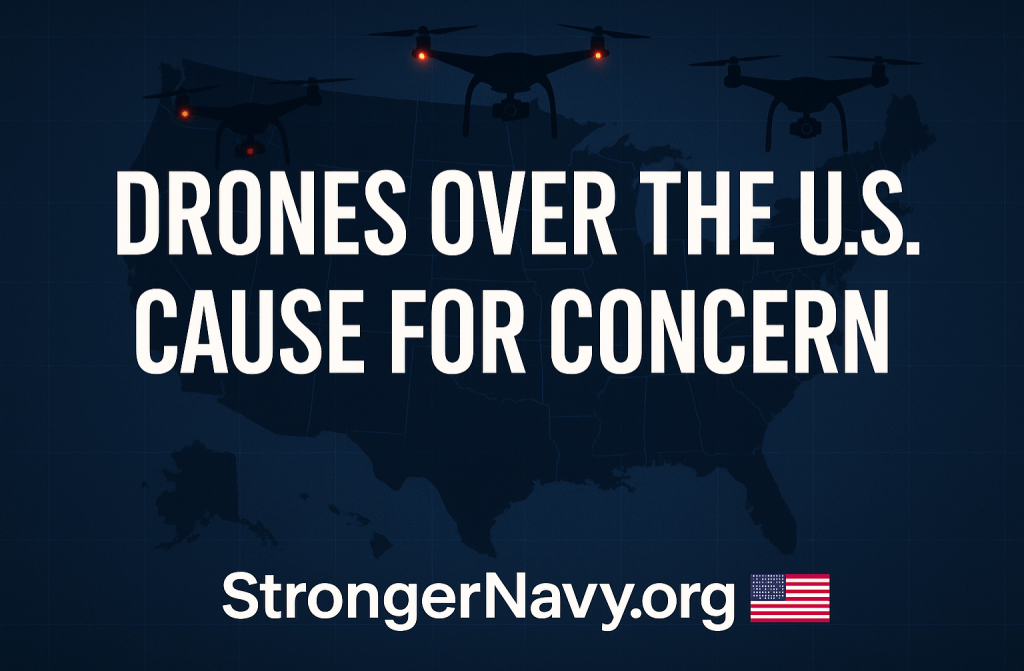

Introduction
While most Americans were unaware, Langley Air Force Base—home to our most advanced fighter jets—was repeatedly violated by mysterious drone swarms beginning on December 14, 2023. Over the course of 17 consecutive nights, more than 40 drones flew undetected and unchallenged over one of the nation’s most critical military installations. As 60 Minutes reported in an updated segment on June 29, 2025, America’s radar systems—designed for Cold War-era threats—are increasingly unable to keep up with low-cost, high-tech tools of modern warfare.
Why Americans Should Care
These weren’t hobby drones. Some were the size of a small car, according to eyewitnesses and a four-star general. Their mission remains unknown, but their capability was unmistakable. The incursions forced the relocation of F-22 Raptors, revealing just how easily our homeland defenses can be tested—and potentially compromised.
This wasn’t a one-off incident. Similar drone sightings have occurred over nuclear facilities, weapons research labs, and Navy ships off the California coast. As General VanHerck put it, “It’s time we move beyond the assumption of Fortress America.”
Implications for the Navy
While drones flew over Langley, a 2019 swarm shadowed U.S. Navy warships for weeks. Logs showed they were drones, not UFOs. The suspected source? A Hong Kong–flagged freighter.
This points to a broader role for the Navy—defending not just overseas waters, but also our coasts, ports, and maritime infrastructure. As the first line of defense and the most globally deployed service, the Navy must be equipped with next-generation radar, counter-drone systems, and mobile response units.
The Interagency Breakdown
When drones flew beyond the perimeter of Langley, the FBI, FAA, Coast Guard, and local police all shared jurisdiction—but no one had clear authority. It took months before NORAD was given power to coordinate.
By contrast, the Navy’s command structure and expeditionary capabilities allow it to act decisively. This is why a stronger Navy, fully integrated into homeland defense and equipped for new threats, is a strategic necessity.
Implications for Industry and the Public
Ports, power plants, and undersea cables—many vital to both national security and daily life—are vulnerable. And while the Navy stands watch, it cannot shoulder this burden alone. It’s time for a whole-of-nation approach, with investment from industry, engagement from civic organizations, and strategic alignment across all services.
What Comes Next
General Guillot has ordered anti-drone “flyaway kits” for rapid deployment to vulnerable sites. But even he admits: as of now, low-altitude drone detection remains inadequate.
That must change. And the Navy must be part of the solution—from securing bases and maritime infrastructure to interdicting drone carriers at sea.
Conclusion
This isn’t just about drones. It’s about recognizing the threats of the 21st century and breaking out of the complacency that leaves us vulnerable. The U.S. Navy is uniquely positioned to lead in this mission—if we give it the tools, trust, and resources it needs.
To our readers
Want to stay informed and help advocate for a Stronger Navy? Explore more at StrongerNavy.org and sign up for our Educational Series to learn how maritime power protects our daily lives.

